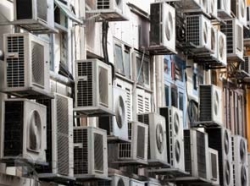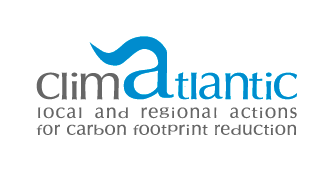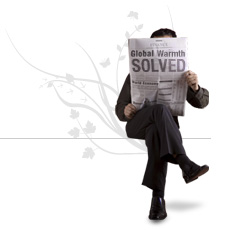NEWS & EVENTS : GENERAL INFORMATION

Use of climate-forcing F-gases underlines need for innovation
10.08.2013
Fluorinated gases, otherwise known as F-gases, are a range of industrial gases which have a powerful effect on the climate. As EU policy makers consider further proposals to limit the use of these gases, the European Environment Agency (EEA) has published data on their production, import and export.
climatlantic //
There are three main categories of F-gases - hydrofluorocarbons (HFCs), perfluorocarbons (PFCs), and sulphur hexafluoride (SF6). Their global warming potential (GWP) varies widely, but can be very high - a single tonne of SF6 has the same global warming potential as almost 24 000 tonnes of carbon dioxide (CO2). This means quantities of F-gases are expressed in two different ways: in metric tonnes, and also in global warming potential (GWP) weighted tonnes, or CO2 equivalent tonnes. Such units take into account the gases’ overall effect on the climate.
Some F-gases are used as replacements for ozone-depleting substances, which are largely being phased out in the EU in compliance with the Montreal Protocol and EU legislation. This means that F-gas use is increasing in a number of applications. F-gases accounted for approximately 2 per cent of EU overall greenhouse gas emissions in 2010 (CO2 equivalent), and this share continues to increase. While emissions of all other main groups of greenhouse gases reduced significantly between 1990 and 2011, F-gases emissions have increased more than 50 per cent over this period, when measured in CO2 equivalent.
New F-Gas Regulation proposed since 2012
To control these gases, the European Commission proposed a new F-Gas Regulation in 2012, which aims to cut current F-gas levels by two thirds by 2030. The proposed policy maintains many features of the current legislation, and would also progressively phase down sales of some gases on the EU market while simultaneously banning F-gases with a high GWP. This proposal is still being negotiated by the European Parliament and Council.
Under the current F-Gas Regulation, Member States must improve the leak-tightness of equipment containing F-gases, and avoid using them when there are environmentally-superior alternatives.
Hans Bruyninckx, EEA Executive Director, said: “Reducing F-gases’ effect on the climate requires an innovative approach from industry. In the future, it will likely be supported by a stronger EU policy limiting the use of F-gases with high global warming potentials.”
The report on production, import and export quantities of "Fluorinated Greenhouse Gases 2012" can be downloaded from eea.europa.eu.:
http://www.eea.europa.eu/publications/fluorinated-greenhouse-gases-2012
Quelle: European Environment Agency (EEA)
http://www.eea.europa.eu/highlights/use-of-climate-forcing-f








